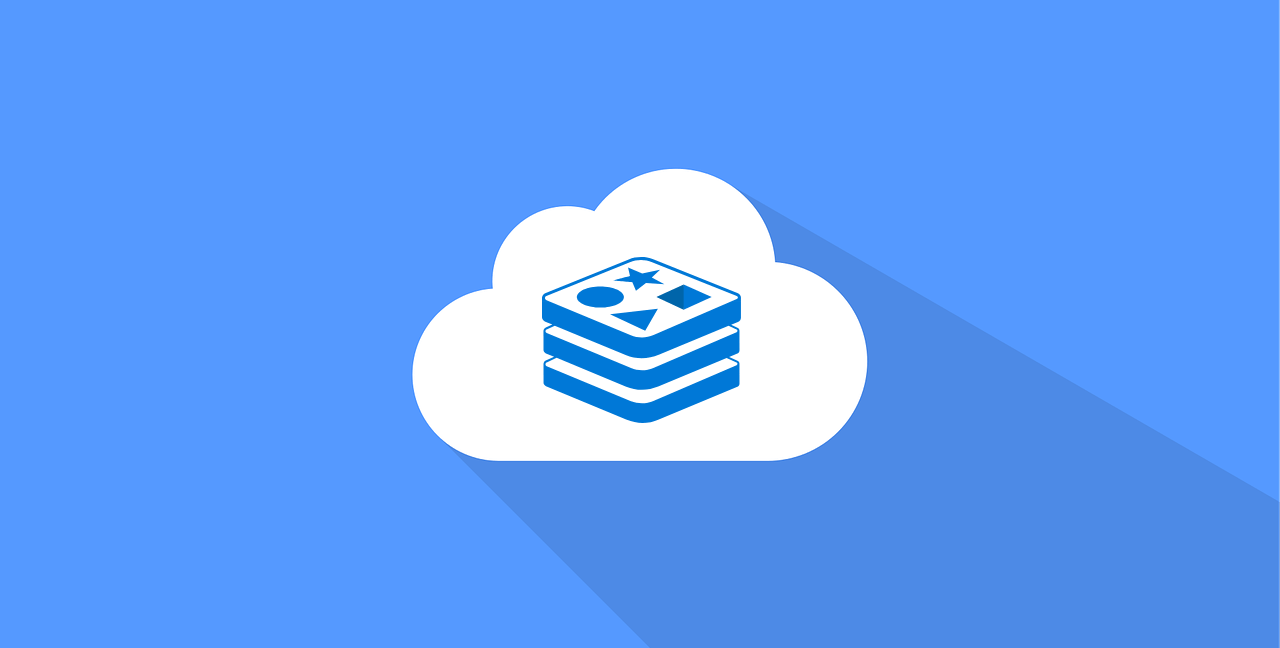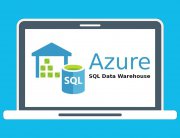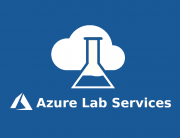Recovering the data can be really difficult especially when there are no software tools to do so. Redis Cache provides several Azure services that allow the manufacturers and IT professionals to build seamless recovery plans with the geo-replication support.
One might be thinking, what is Redis Cache after all, right? It is a Microsoft Azure’s Cache-as-a-service offering which typically relies on the famous open supply Redis in-memory key-value store.
Azure Redis Cache ensures the availability of several mission-critical applications which run on the cloud, even if there is an extensive failure in an improbable event. The best thing is that customers can easily design the disaster resilient solutions by the help of Virtual Machines with the Azure Site Retrieval, data services including Cosmos DB, SQL database and Redis Cache and can also help in managing traffic.
How to setup geo-replication in Redis Cache
One of the features of Azure Redis Cache premium tier is geo-replication. But first, you are going to require a pair of quality cache instances prior to using the geo-replication. In case, you already have the premium cache, then adding another one in a Secondary Azure Region is all you need to do. On the other hand, if you are expanding a standard or basic instance, upgrading to premium is necessary before one can actually use the geo-replication. Presently, you are allowed to set only one geo-replicated cache the primary cache but there is no restriction on where you can put them.
By linking the two instances of Azure Redis Cache one can associate the geo-replication. The easiest way to do this by means of Azure Portal. After opening it you can see the elaborated step-by-step guidance you all the way through.
Once you have your Azure Redis Cache instances put together for geo-replication, the primary cache instance starts to progress client’s requests. On the other hand, the replica will receive the data replication from the primary cache instance. The replica is only accessible in read-only mode and is immediately available for use in the secondary region.
Handling failovers
It is important that customers co-locate the same Azure region in order to get optimum cache performances. Another important thing you should notice is that Redis Cache with an application expending the Azure Redis response times is generally in single-digit milliseconds when the server, as well as the client, exist in the same region. If the server and the client do not exist in the same region there can be an addition of momentous delays to the response time. And mainly because of this particular reason the Cache will not spontaneously failover to a geo-replicated one in some other place.
Pricing
Geo-replication is included in the price of the Azure Redis Cache premium tier. However, you will be charged for any network egress traffic that is resulted from cross-geo data replication.
Azure Redis Cache geo-replication is a valuable tool to protect your important data against unforeseeable disasters. By leveraging this and other Azure services’ geo-redundancy capabilities, you can implement a strong disaster recovery plan for your services running on the cloud.








Leave A Comment